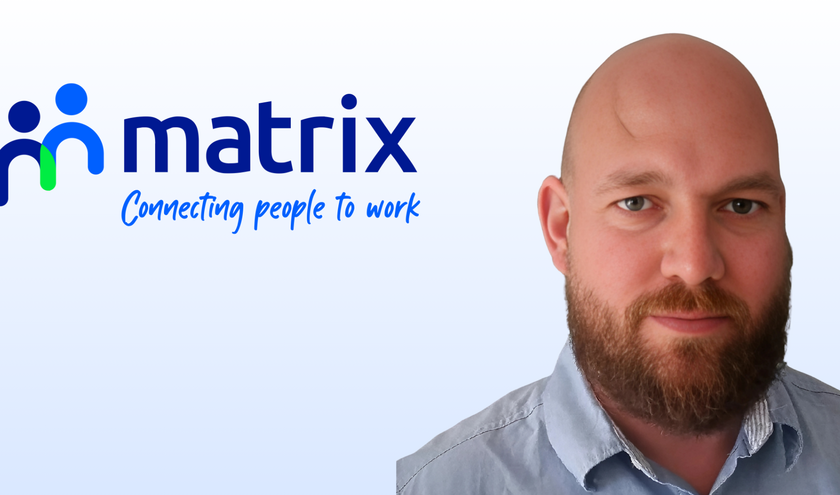Andrew Curry, client engagement director for health and social care, Matrix Workforce Management Solutions, says the healthcare system doesn't need culture fit — it needs culture builders
In today's NHS and healthcare services, standing still simply isn't an option. With staffing shortages, rising demand and relentless pressure on services, we can't afford to keep approaching workforce planning in the same old way. The system is evolving and our mindset needs to evolve with it.
For me, that starts with rethinking who we hire, how we develop them and what we define as success. Too often, we look for ‘culture fit' — someone who slots neatly into the existing structure. But in a system that's being stretched and reshaped daily, fitting in isn't enough. We need people who can build culture, actively shaping it, improving it and carrying it forward.
The phrase ‘culture fit' gets used a lot, but I think it's worth challenging. If you describe your culture as inclusive and then say you only want people who fit into that culture, how inclusive is it really? It sounds positive on the surface - like a badge of alignment - but in reality it often limits creativity and growth. We end up pressing people into predefined boxes and roles and the healthcare sector is particularly good at that. But what we actually need is more space for people to work out, within their roles and teams, how to do a better job, how to use their skills more effectively and how to collaborate to fill the real gaps.
It's not about replicating what's already there. It's about creating environments where people bring their full selves to work and have the autonomy to make things better. That's what a culture builder looks like. Someone who sees what's possible, not just what's written in the job description.
That's the shift I'm hoping for: less transactional recruitment and a more intentional, capability-driven strategy. One that's grounded in development, engagement and long-term thinking.
Take retention, for example. It's often treated like a number on a dashboard - a figure we chase, report and react to. But retention isn't a metric. It's a movement. It's about creating environments where people want to stay, not just because of salary or benefits, but because they feel valued, supported and able to grow.
And that means genuinely understanding what your people want. Some are driven by progression. Others by financial security. But most people just want to do meaningful work and feel like they matter to their employer. They want to know they're making a difference and that they'll be supported to grow, even if that growth isn't upward. Not everyone wants promotion; sometimes the job fits their life, and that's enough — as long as they feel valued.
If your employees are looking for ways to be more valuable to you, that's a huge asset. And it's something we need to nurture, not flatten out through rigid job titles and siloed functions. Too often, the system over-engineers workforce solutions, slotting people into static roles based on a target number, rather than looking at the actual skills and needs of the system. We need to get better at recognising and responding to real-life demand - not just job titles on a spreadsheet.
We've been working closely with NHS trusts and care providers to go beyond just filling gaps. Instead, we help them understand the real skills they already have in the system, identify what's missing and put in place strategies that strengthen teams from within. We use advanced analytics, practical tools and inclusive workforce frameworks to support that shift.
And we advocate for giving people space, space to think differently, to innovate and to shape their own work environment. That's how you create a more sustainable culture. Leaders have a crucial role in this: not just managing the system but pushing for regulation that makes public sector workforce planning more dynamic, more holistic and more human.
The goal isn't just to keep the lights on. It's to build a workforce designed for the future. One that reflects the complexity of the system and the diversity of the people it serves.
I often say: system value is the new bottom line. It's not just about reducing agency spend or hitting headcount targets. It's about creating something more sustainable, more inclusive and ultimately more effective - for staff, for patients and for the communities we serve.
We're at a point now where we need to get serious about what workforce success really means. It's not just about whether you've filled the rota this week. It's whether you've built the kind of team that can weather change, embrace innovation and lead the system forward.
So let's stop hiring for fit and start building for the future.



